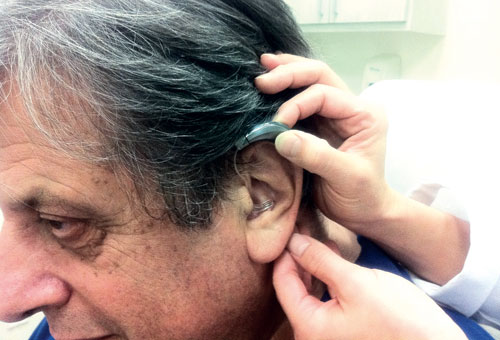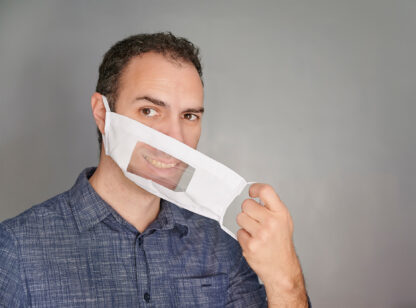Dear Dr. Kato: For the past 3 weeks, I’ve experienced dizziness nearly every morning when I turn over to get out of bed. I feel like I am spinning inside my head, and it is very frightening! If I lie perfectly still, I’m okay. Can you tell me what is causing this?
Dear Reader: Dizziness is a very common symptom. In fact, according to the National Institutes of Health it is the 3rd most common problem that brings patients into their primary care physician’s office. There are many different causes of dizziness, ranging from inner ear disease, to stroke, to heart disease and anxiety. The specific details about what exactly you are experiencing, along with the provoking and alleviating factors, can be very helpful to your doctor to make a diagnosis.
In your case, the dizziness is almost certainly due to Benign Paroxysmal Positional Vertigo, commonly known as “BPPV,” which is a sensation of true spinning vertigo, caused by loose calcium particles (or “crystals”) in the balance canal of the inner ear. These calcium crystals play an important role in our balance; however, they are normally immobile. When they break loose (which can happen spontaneously, or can be caused by trauma), they are subject to gravitational forces when we move our head. This then causes the fluid of the inner ear to flow in a circular motion, and we perceive this as a sensation of spinning.
Individuals with BPPV have vertigo, which is provoked by movement. Typically, turning over in bed, or looking upward brings on the symptoms. The vertigo is brief, lasts no more than 20 seconds and abates when one takes the head out of the offending position. However, it can be rapid and violent, and hence, rather frightening. As long as the person is not moving, there is no vertigo, although there may be a sensation of being slightly off-kilter.
The diagnosis of BPPV is made in the office, by taking a careful history and performing a physical examination. The Dix-Hallpike and Semont maneuvers are procedures that are done in the office and are used to diagnose BPPV.
In most instances, the condition is self-resolving, taking days or weeks to gradually go away. However, it can occasionally linger for months. The good news for those experiencing persistent vertigo, is that BPPV is curable! A non-invasive procedure, the Epley maneuver, in which the displaced calcium crystals are repositioned and moved out of the balance canal, is curative in >80% of patients. This procedure is performed in the office, by an ENT physician, or balance therapist, and takes a matter of minutes.
It is important to keep in mind that not all dizziness is BPPV. There is a plethora of other inner ear and non-inner ear causes of dizziness. Patients with dizziness should see their primary care doctor or an ENT physician if an inner ear cause is suspected.
Dr. Kato is the founder of The Ear Institute in Palm Desert. Her top priority is improving the quality of life of her patients. Dr. Kato can be reached at: (760) 565.3900.










































Comments (0)